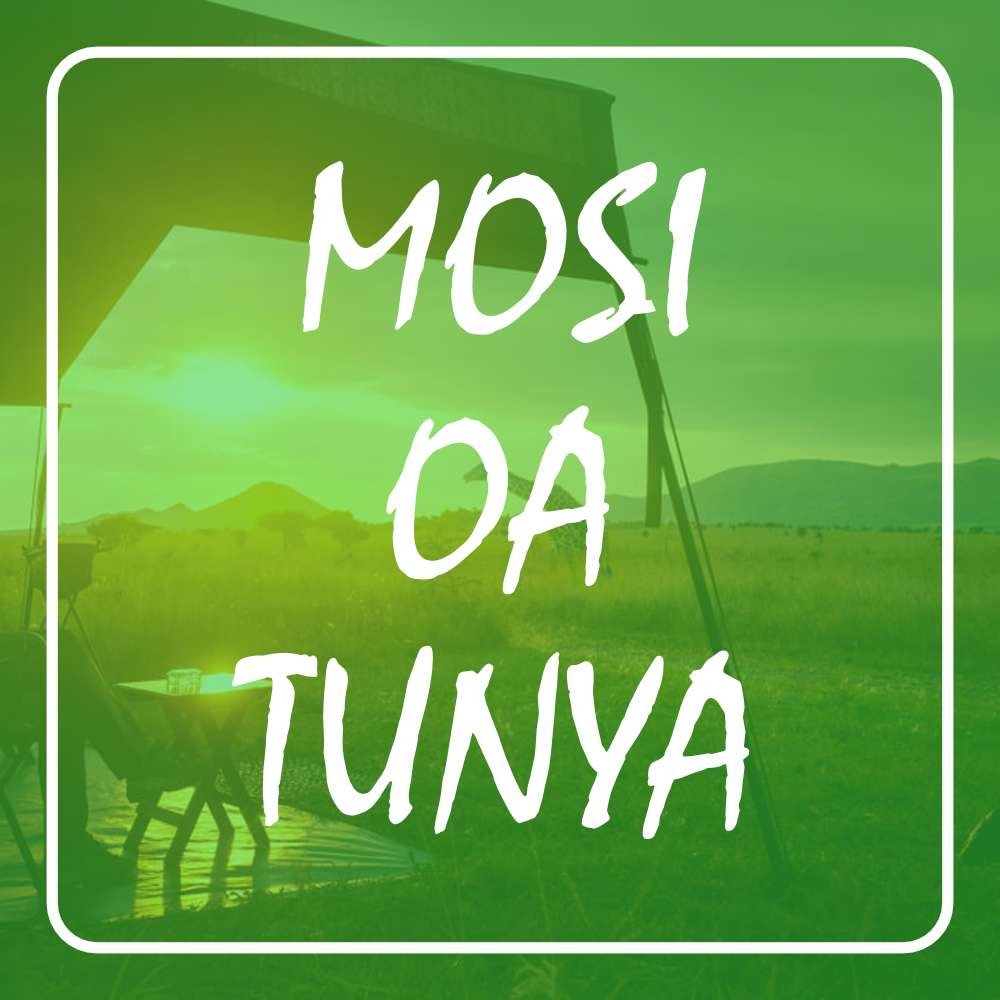South Luangwa National Park
- Governing Body: Department of National Parks and Wildlife
- Coordinates: 13°0′S 31°30′E
- Type: Lion Conservation Unit, National Park
- Area: 9050km2
- Established: 1972
- Nearest District(s): Mfuwe
- Province(s): Central, Eastern, Muchinga
- Countries: Zambia
Share:
General Information
The South Luangwa National Park is the southern-most national park in the luangwa valley. It is a world-renowned wildlife haven with some of the most intense concentrations of game in Africa.
Infrastructure & Accessibility
The main settlement of the park is actually outside its eastern boundary at Mfuwe, and it has an airport which has flights to Lusaka, the Lower Zambezi and Lilongwe in Malawi.
The Park is unfenced and bordered to the west by a steep escarpment and to the east by the Luangwa River. The Luangwa Valley lies at the tail end of the Great African Rift Valley system, which extends 4,000 km all the way from the Red Sea down to the Pungwe River mouth in Mozambique.
There are several lodges that remain open all year in the central area of the park.
Habitat, Flora and Climate
The park spans two eco-regions, both of them woodland savannah, distinguished by the dominant tree: Southern Miombo woodlands cover the higher slopes of the valley, while Zambezian and Mopane woodlands cover the bottom of the valley. The Mopane tree tolerates the higher temperatures and lower rainfall found at lower elevations than miombo trees which are found on the higher plateau.
Wildlife
The South Luangwa National Park supports large populations of Thornicroft’s giraffe, and herds of elephants and Cape buffaloes often several hundred strong.
There are also over 14 different types of antelopes that can be found in the park, with the most elusive and perhaps most beautiful. A lot of the antelopes can be seen at night and deeper into the park towards the muchinga escarpment. Impalas are the most numerous.
Another animal which is very common in the park is the hippo, with an estimated 50 hippos per square kilometer can be found along the luangwa river.
Birdlife
The South Luangwa National Park has an ever present sound of large flocks of birds. The most audible birds being the ground hornbill, Heuglin’s robin, the fish eagle and doves.
Birdwatching here is a delight as you will constantly be spotting different variaties of birds. During the dry season hundreds of large waterbirds can be seen wading through the shallow waters. The most common being the red faced yellow billed storks, pelicans and 1.6m saddle bill storks. Of the most beautiful are the elegant crowned cranes, with their golden tufts congregating in large flocks at the salt pans.
Just before the rains set in, in November, the palearctic migrants from Northern Europe and the intra-African migrants arrive to exploit the feeding opportunities that the warm rainy season brings. These include the red chested cuckoo, white storks, European swallows, swifts, hobbies and bee-eaters, as well as birds of prey such as the Steppe eagles and Steppe buzzards that come all the way from Russia. A special sight is the hundreds of brightly coloured carmine bee-eaters nesting in the steep sandy banks of the river.
Reptiles & Amphibians
The South Luangwa National Parks waters are full of crocodiles and hippos especially in the luangwa river which is the main river running through the park.
Accommodation Type(s)
Lodge(s), CampingActivities
Game Drives, Walking Tour, Safari Tour, Guided TourNo donation to this project yet.
| M | T | W | T | F | S | S |
|---|---|---|---|---|---|---|
| 1 | 2 | 3 | 4 | 5 | 6 | 7 |
| 8 | 9 | 10 | 11 | 12 | 13 | 14 |
| 15 | 16 | 17 | 18 | 19 | 20 | 21 |
| 22 | 23 | 24 | 25 | 26 | 27 | 28 |
| 29 | 30 | 31 | ||||










